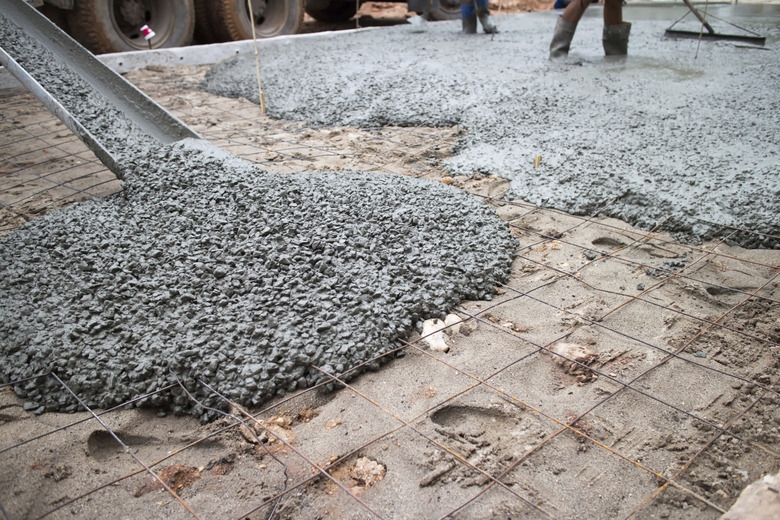How Long Does Concrete Take To Cure?
To allow concrete to cure correctly, keep it wet and warm at temperatures between 50 and 90 degrees Fahrenheit for the first week at least. Concrete that does not cure properly can shrink, crack or even develop a dusty, weak and crumbly surface. The longer you allow concrete to cure, the harder it becomes. While you may only need to keep the concrete protected for the first week while it cures, it actually takes it about 28 days to reach its full strength and hardness.
The Just-Right Curing Process
The Just-Right Curing
Process
As concrete hardens, water rises to the surface. If this water dries out too rapidly or evaporates, it can cause large and small cracks in the concrete as well as crazing — fine cracks that spider web across the surface – or create a fine, powdery concrete dust on the surface. Leave the forms in place around the concrete as long as possible and periodically moisten the surface with water.
Protect the Surface
Cover the surface of the concrete with wet burlap or curing blankets if it appears to be losing too much water in high temperatures. If the concrete is setting up during the winter months, keep it warm by covering it with burlap and straw to prevent the water in the mix from freezing. Water that dries out too quickly or freezes ultimately ruins the concrete.
The First Week
- After adding a concrete patio, driveway or walkways to your
home, protect your investment by not walking on it for at least three days. Keeping the concrete covered with wet burlap or straw for seven days is likely to discourage walking across it, especially if you cordon off the area around it. - Disallow pet access to the surface during the first three days.
- Don't drive or drag equipment
across the area for at least the first seven days of the curing process. Keep heavy equipment off for at least 28 days.
Stamped and decorative concrete takes at least a week or more of curing before you can do anything with it. Consult your contractor, as there are specific mixes that allow for a faster curing time.
The Slump Test
The Slump Test
If the concrete mix is too wet when it is poured, no amount of curing will make it strong. When adding concrete to a foundation, for example, the local building jurisdiction may require a witnessed slump test by a building inspector before you can pour the concrete. The slump test measures the consistency of the concrete by adding concrete in three staged layers to a cone-shaped form. A 3/4-inch rod with a rounded nose is inserted into each layer and tamped 25 times. After each layer has been tamped, the cone is removed and the fall of the concrete from the original height is measured and reported to the nearest quarter-inch.
Warning
Concrete that collapses or slumps too much is not suitable for use.
